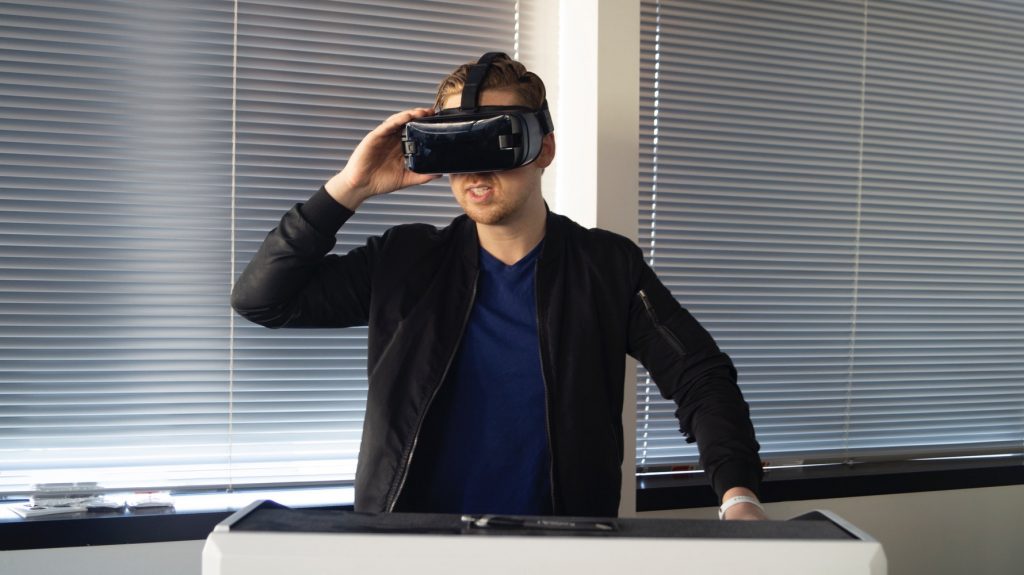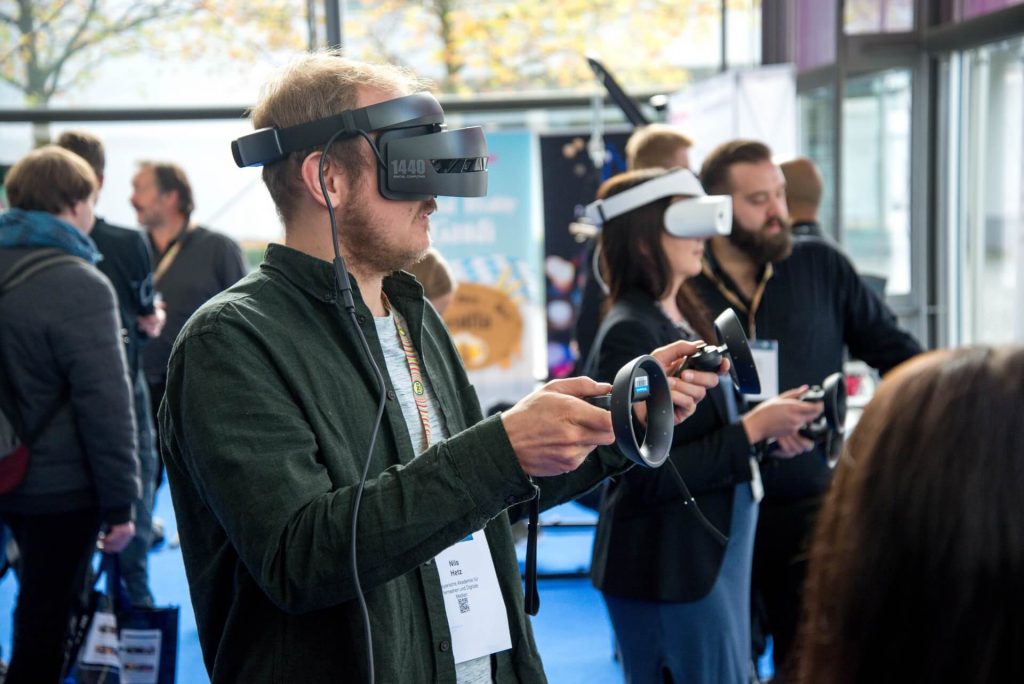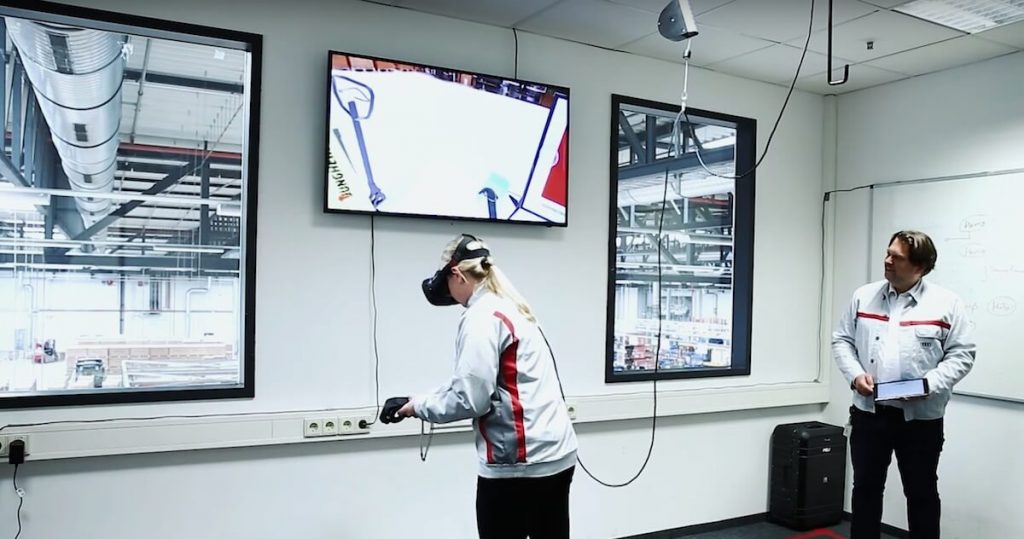Virtual reality has been gaining speed in the last few years, and it’s not slowing down. According to a report by Goldman Sachs, the virtual reality market is expected to be worth $35 billion by 2025. As VR becomes more popular, it’s important to understand the factors that make a great VR experience.
Before getting started make sure you fully understand the technology
Unlike many other emerging technologies, virtual reality is a primarily visual and experiential medium. Listening to presentations and reading about VR will only get you half of the way to fully understand it. The other half comes from first-hand interactions with the technology. Before diving into the detail of its value to your objectives, experience it in its many forms. This could include everything from 360 videos to computer-generated content; from smartphone-based headsets to high-end devices powered by an external computer. Once you are ready to get going, keep the following things in mind.
Content will always be king
VR education transforms the way content is delivered but it still has to be beneficial content for your learners and you need to make sure they are truly getting what they need from their VR experience. Remember you want to utilize the capabilities of VR technology not just create a 360 quiz that looks fancy.
Length is important aspect of a great virtual reality experience
Time is a valuable commodity so make sure the length of the learning experience is appropriate for your learner’s needs. Consider a shorter, more focused VR experience to improve learner retention. This will also stop learner fatigue: the learner becoming overwhelmed and unfocused.
Add clear instructions for the end user
It’s important to make sure you set the user up with instructions. VR is still new to many people which is why it’s so exciting. Ensure they have a good experience by setting expectations and giving proper instructions on how to get started such as setting up the area for the VR experience. If individuals are using it with a headset, ensure they know how to set up a space and whether they should be standing or sitting.
Simplify the user experience to get a great VR experience
If your project is designed for first-time users, keep things simple. Only include interactivity where it adds value. Make sure your input system is accessible and easy-to-use for your population of users: gazing at an option to select, nodding at a message to acknowledge, or simply clicking a button on a headset to move forward are all relevant choices.
Conclusion
A great virtual reality experience is one that can draw you in and transport you to another realm. Users should feel like they’re part of the experience and not simply viewing it as an outsider. To ensure your virtual reality experience is great, you need to build upon what’s worked in the past and apply it to your VR strategy.





